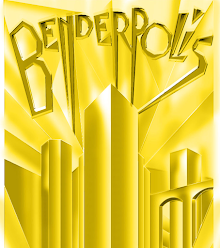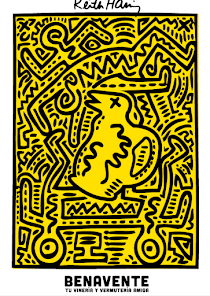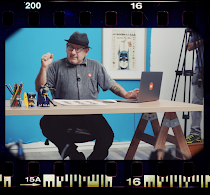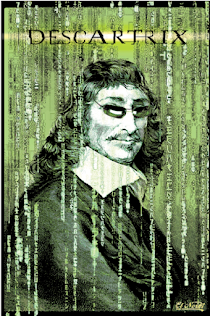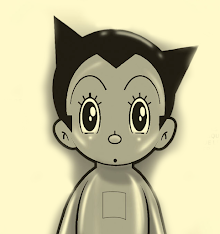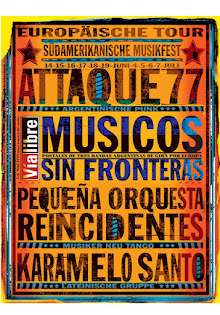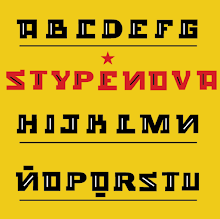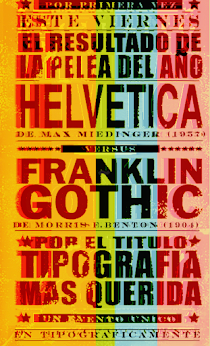Lo Mejor del Año: Edgar Allan Poe en Wall Street
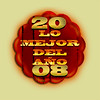 Es muy difícil, a veces, lograr que el entrevistado quiera hablar. Por lo general esto ocurre con los artistas que hacen de su obra su voz. Por eso, cuando el norteamericano Robert Risko nos dijo algo parecido ("I don't like to speak about my work"), nuestro oficio de preguntón profesional salió a relucir.
Es muy difícil, a veces, lograr que el entrevistado quiera hablar. Por lo general esto ocurre con los artistas que hacen de su obra su voz. Por eso, cuando el norteamericano Robert Risko nos dijo algo parecido ("I don't like to speak about my work"), nuestro oficio de preguntón profesional salió a relucir.
El era el autor de una de las portadas más fuertes que haya publicado la intelectual The New Yorker, en toda su historia. Fue la del 20 de octubre pasado. Lo entrevistamos tres días antes de su publicación. Ya teníamos la frase anterior y teníamos esta nueva: "I think my work should speak for itself and people should see whatever they want in my work".
Pero las preguntas correctas encontraron las respuestas necesarias. Lo primero era saber de dónde había venido la idea.
"The idea is based on Edgar Allan Poe's story The Masque of the Red Death where very wealthy people had a big party in a mansion and closed the doors to the Plague called Red Death where people bled from their pores and died a horrible death", nos empieza a contar Risko.
Enseguida nos explica, con detalles, un poco de qué se trata la historia. "In the story "Mr. Red Death" snuck in to the party in costume dressed in a red cape and unmasked himself at Midnight and the people started to cough, bleed, collapse and die".
Nos había llamado la atención las lágrimas que se escapaban de los ojos de los protagonistas y se lo dijimos. Su respuesta fue tan dura como su ilustración. "I particularly wanted the characters to bleed from the eyes to show how they were blinded by the thought that money could save them".
Es interesante como Risko sabe que lo que está haciendo es tal vez uno de los estilos más difíciles a la hora de dibujar. Porque no puede hacer arte sin sentido, sino periodismo visual con arte. Por eso usa fiebres como parte de su ilustración. "The chart and idea all came from what is happening in the stock market and our global economy".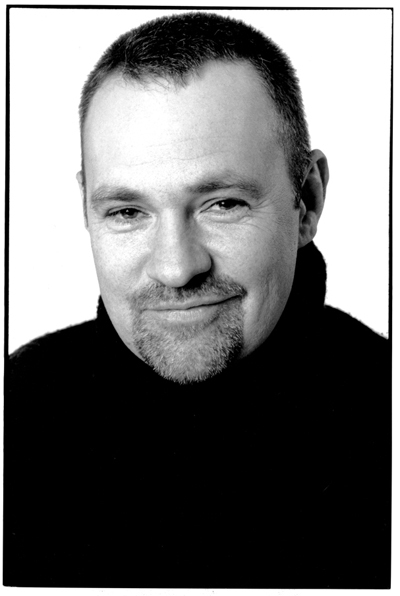
Para el final, luego de contarnos su técnica ("My technique is pencil and airbrush"), vuelve con el tema de còmo el artista habla a través de su obra. "Already many people have told me they see different things in it. Some things that I meant to say and some that are simply unconscious".
Para Risko, esas cosas inconcientes definen su arte (aunque muchas queden muy claras en un reportaje). "That is what art is. Art is a language of dreams. I am not good with words. I would rather illustrate my dreams", concluye el artista.

